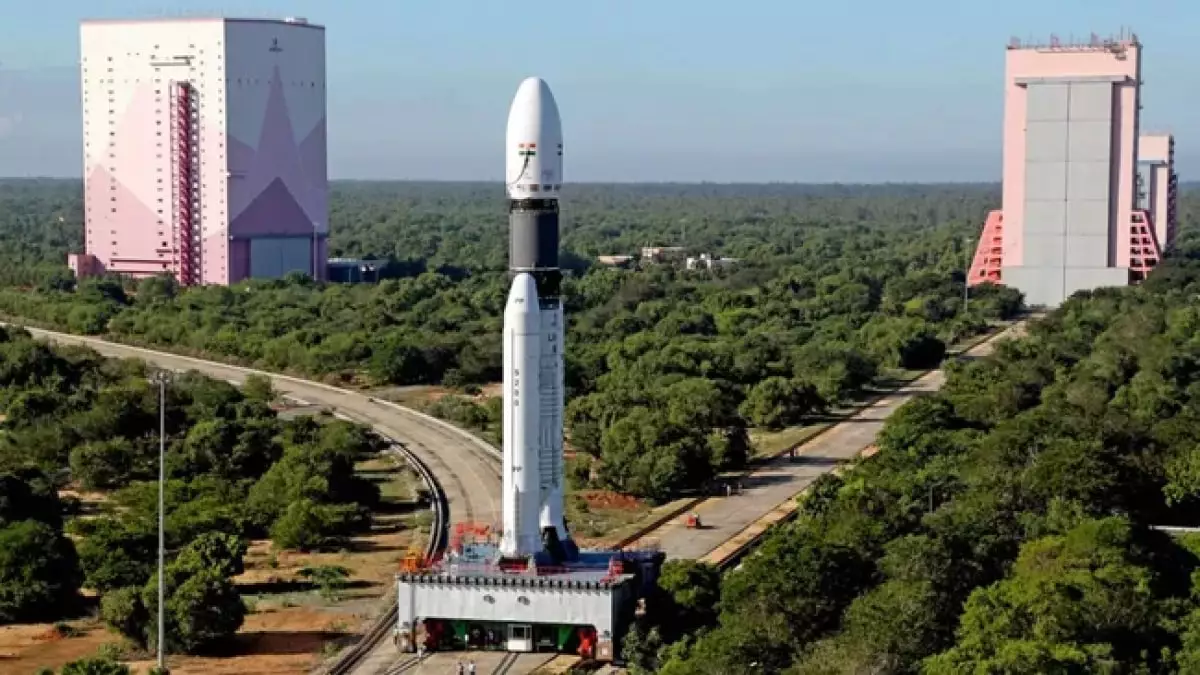India’s ambitious Gaganyaan programme, aimed at launching the country’s first crewed mission into space, has faced a delay, shifting its timeline to 2026. Originally slated for an earlier date, this decision, articulated by S. Somanath, Chairman of the Indian Space Research Organisation (ISRO), underscores a fundamental commitment to ensuring the safety and reliability of the mission. In light of increasing complexities and challenges faced by various countries in their aerospace endeavors, this prudent delay illustrates India’s cautious but determined approach to human spaceflight.
Safety as a Primary Concern
The focus on safety has never been more pronounced, especially after recent setbacks experienced by major aerospace players like Boeing. Somanath’s acknowledgment of these challenges serves as a reminder of the potential risks associated with space missions. As a response, ISRO plans multiple uncrewed test flights before attempting a crewed mission, effectively establishing a solid foundation for what will undoubtedly be a historic venture. The Gaganyaan mission encapsulates a series of test flights beginning with the G1 mission set for December 2023, which are critical for validating essential systems necessary for human space travel.
ISRO’s strategy to incorporate extensive testing is indicative of the organization’s meticulous nature. The inclusion of a fourth uncrewed test flight into the schedule reflects a robust framework whereby each phase is meticulously evaluated. During Somanath’s recent discourse in New Delhi, he emphasized the paramount importance of testing complex systems developed in-house. This self-reliance not only instills confidence in the capabilities of the technology but also lays the groundwork for India to independently join the global ranks of nations that have successfully sent astronauts into low Earth orbit.
With regards to preparedness, ISRO has been proactive in evaluating critical systems that are essential for the safety of astronauts. The testing of emergency escape mechanisms and recovery systems has been a vocal point in their preparation. Furthermore, the G1 flight will feature a humanoid robot named Vyomitra, designated to simulate actions during re-entry and parachute deployment, providing invaluable data for future crewed missions. Following this pivotal flight, a total of three subsequent uncrewed tests will further forge a path toward successful human space exploration.
Training the Future Astronauts
An equally important facet of the Gaganyaan initiative is the extensive training undertaken by astronauts. The government’s recent allocation of additional funds, amounting to 111 billion rupees, signals a dedicated investment in both final testing and astronaut training. This is particularly crucial as astronaut training extends beyond Indian soil, with individuals like Shubhanshu Shukla engaging in advanced operations at Axiom Space in Houston. This collaborative effort will enhance navigation and docking skills, which are crucial for ensuring mission success.
Despite the setback in the timeline, the Gaganyaan programme reflects a resilient commitment to advancing India’s capabilities in space exploration. The strategic delay, focused on rigorous testing and astronaut training, emphasizes a philosophy rooted in safety and reliability. With the government’s financial backing and ISRO’s systematic approach, India is set to make significant strides toward its first crewed spaceflight, firmly establishing its position within the elite club of spacefaring nations.


Leave a Reply